What is the demand for fish farming in South Africa?
South Africa's growing population and declining wild fish stocks are fueling demand for farmed fish. Consumers increasingly seek sustainable, high-protein food sources, making aquaculture a promising sector for the future.
The demand for fish farming in South Africa is rising due to population growth and dwindling natural fish resources. Sustainable and high-protein food sources are increasingly sought after, positioning aquaculture as a key industry for meeting future food needs effectively and responsibly.
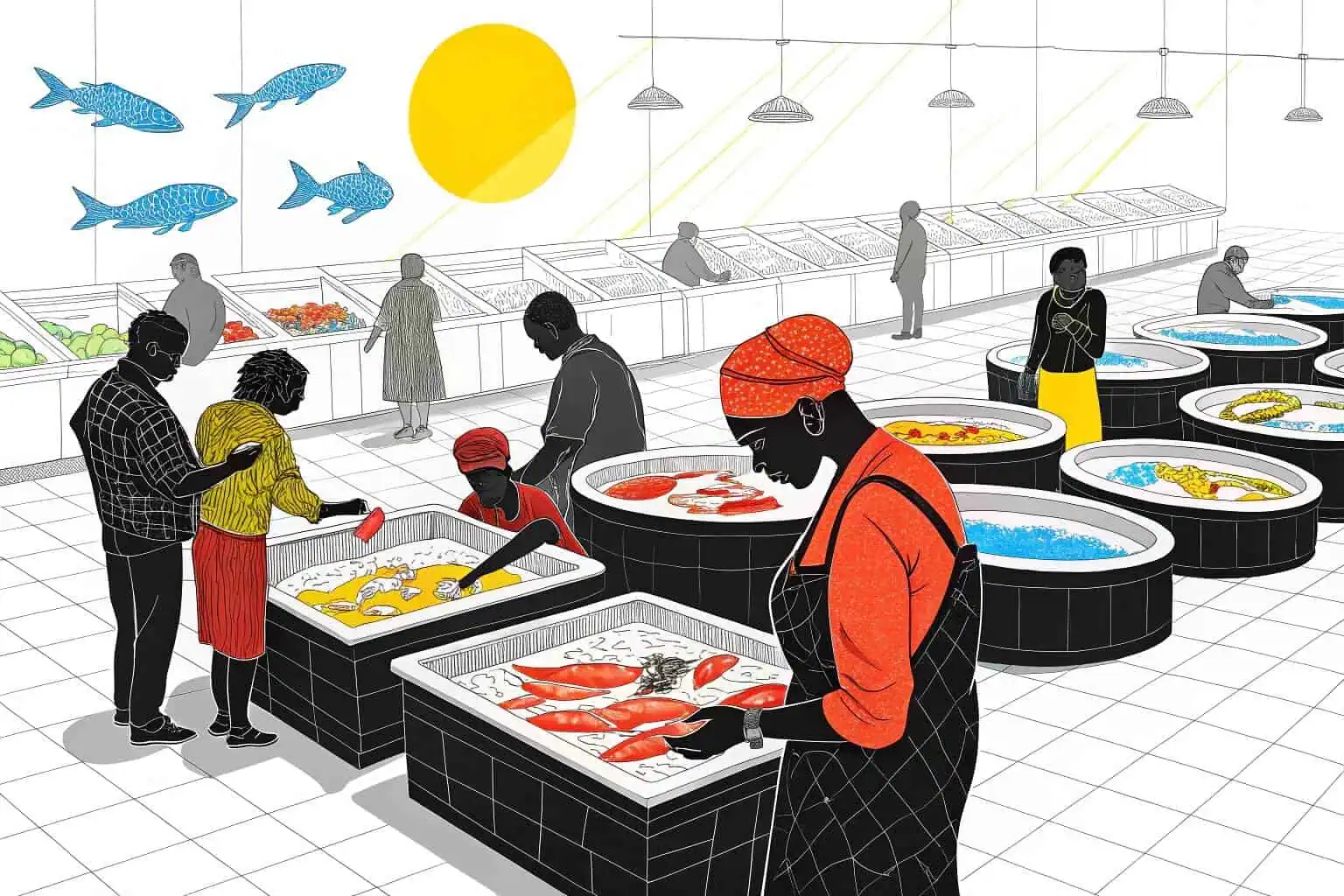
As someone deeply involved in the South African fish farming industry, I've witnessed a significant shift. The conversation around food security and sustainability is louder than ever, and aquaculture is right at the center of it. It's not just about producing more fish; it's about doing it responsibly and meeting a clear, growing need. This trend presents both challenges and exciting opportunities for us in the industry.
Is fish farming profitable in South Africa?
Profitability in South African fish farming can be challenging due to high operational costs. However, with strategic planning and efficient management, it can be a lucrative venture for dedicated farmers.
Fish farming in South Africa can be profitable, but success hinges on managing high operational costs like electricity and feed. Strategic species selection, optimized scale, and effective market access are crucial for achieving good returns in this sector.
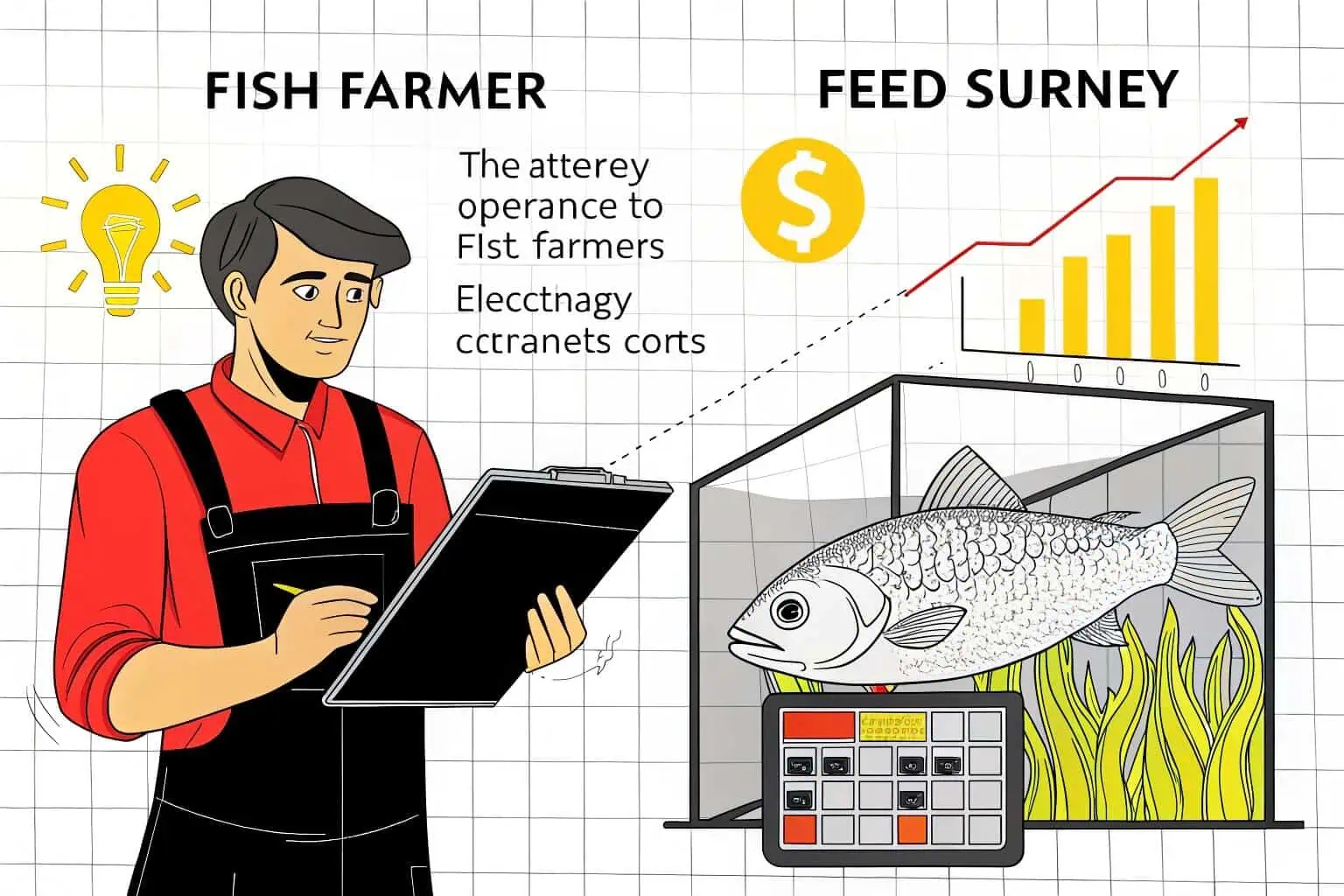
From my experience, the profitability question is one that keeps many fish farmers, including myself, up at night. We face genuine hurdles with the rising costs of essentials like power and quality feed. Regulatory complexities can also add to the burden. However, I've also seen remarkable success stories. Those who carefully select their species – focusing on high-demand fish1 like trout or tilapia, or even niche high-value species – and meticulously plan their operations often find a path to profitability. It's about smart choices, efficient systems, and sometimes, a bit of innovation. For instance, using durable and well-designed equipment, like the collapsible fish tanks2 Bancy provides, can make a difference in managing resources and reducing long-term costs. It's a tough business, but with the right approach, the rewards are there.
What are the key cost factors in South African fish farming?
The primary cost drivers in South African fish farming3 are feed, electricity, and labor. Feed often represents the largest single expense, sometimes accounting for over 50% of operational costs. Electricity is crucial for water pumping, aeration, and temperature control, especially in intensive systems. Labor costs, while varying by skill level, also contribute significantly to the overall budget. Water acquisition and treatment, as well as regulatory compliance, can also add to the financial burden.
How can farmers improve profitability?
To boost profitability, farmers can focus on several key areas. Firstly, optimizing feed management by selecting high-quality, cost-effective feeds and minimizing waste is essential. Secondly, investing in energy-efficient equipment4 and exploring renewable energy sources can reduce electricity bills. Thirdly, careful species selection, targeting those with strong market demand and good growth rates, is crucial. Additionally, improving farm management practices, such as disease prevention and water quality control, can lead to higher yields and lower losses. Exploring value-added processing and direct marketing channels can also enhance profit margins.
| Strategy | Description | Potential Impact on Profitability |
|---|---|---|
| Feed Optimization5 | Using high-quality, cost-effective feed; reducing waste. | Significant cost reduction |
| Energy Efficiency6 | Investing in energy-saving equipment; exploring renewables. | Lower operational costs |
| Species Selection | Choosing species with high market demand and good growth rates. | Increased revenue potential |
| Disease Prevention7 | Implementing biosecurity measures and proactive health management. | Reduced losses, higher yields |
| Market Access | Exploring direct sales, value-added products, and niche markets. | Higher prices, better margins |
How big is the fishing industry in South Africa?
South Africa's overall fishing industry is substantial, but the aquaculture sub-sector is still relatively small. However, it shows consistent growth, particularly in regions like the Western Cape, indicating its expanding potential.
While South Africa's traditional fishing sector is large, its aquaculture component is smaller but steadily growing. The Western Cape, in particular, is seeing expansion, supported by government initiatives promoting sustainable and environmentally friendly practices.
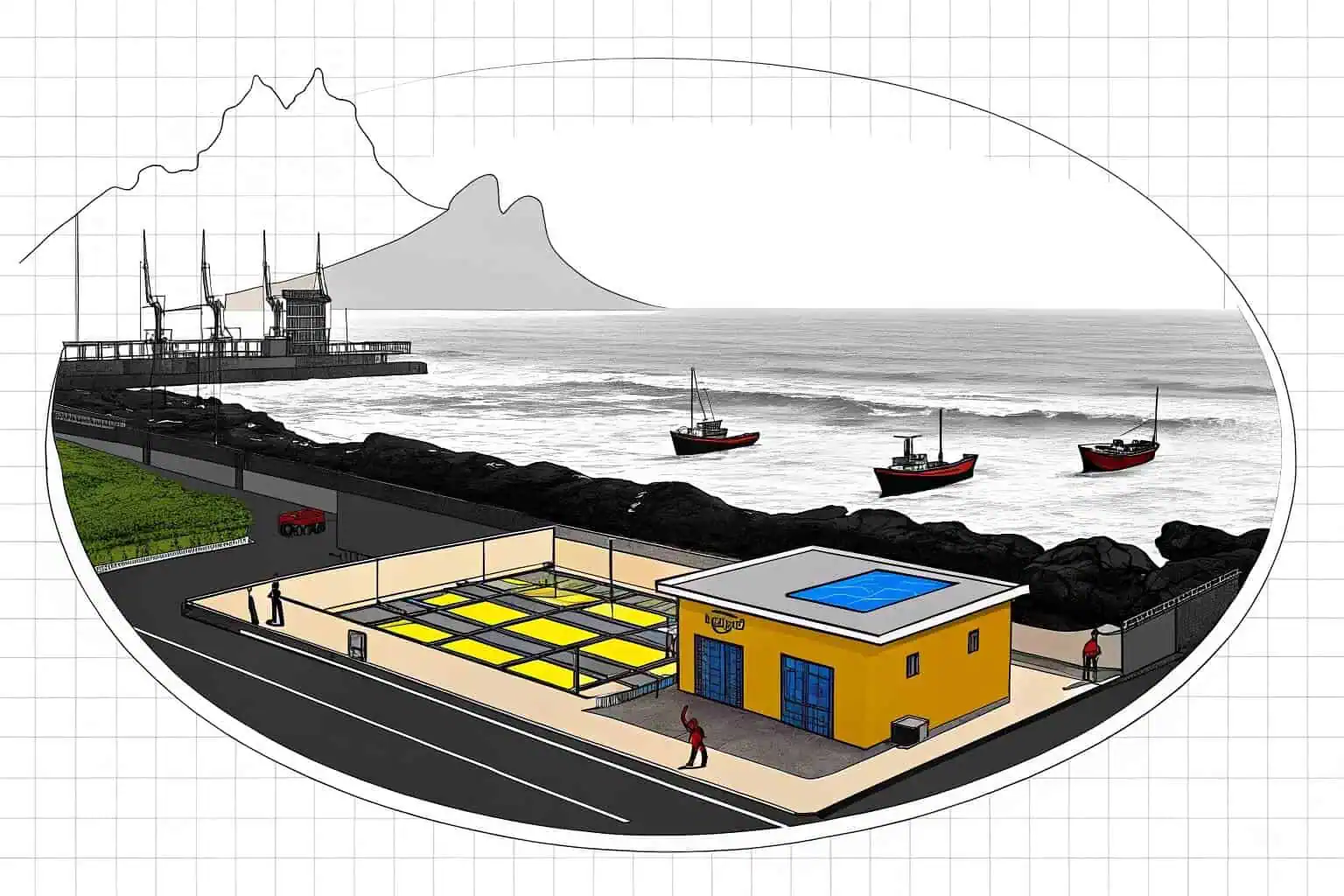
When I look at the fishing industry in South Africa, it's a tale of two parts. The wild-catch sector8 has a long history and significant scale. Aquaculture, on the other hand, is the younger sibling, still finding its feet but growing with a lot of energy. I've seen this growth firsthand, especially in areas like the Western Cape where the conditions are favorable and there's a supportive environment. Government backing for sustainable practices is also a big plus. It might not be a giant yet, but the consistent expansion I'm observing makes me optimistic. We're building something important here, contributing to food security and local economies. It's a journey, and every new farm, every successful harvest, adds to the industry's strength.
Which regions are leading in aquaculture development?
The Western Cape is currently the leading province in South Africa for aquaculture development, particularly for marine species9 like abalone and mussels. The Eastern Cape also has significant potential and ongoing projects, especially for freshwater species10. Other provinces are also exploring aquaculture, but these two regions have more established infrastructure and a favorable climate for certain types of farming.
What are the growth drivers for the aquaculture sector?
Several factors are driving the growth of aquaculture in South Africa. Increasing local and international demand for seafood, coupled with declining wild fish stocks, creates a significant market opportunity. Government support through policies and incentives aimed at promoting sustainable aquaculture is also a key driver. Technological advancements in farming systems, such as Recirculating Aquaculture Systems (RAS)11, are improving efficiency and reducing environmental impact. Furthermore, growing consumer awareness about sustainable food sources is boosting the appeal of farmed fish.
How much does aquaculture pay in South Africa?
Salaries in South African aquaculture vary widely based on role and experience. Entry-level positions may offer modest pay, while skilled technicians and managers can earn more competitive wages reflecting their expertise.
Aquaculture salaries in South Africa differ significantly; entry-level farm workers typically earn lower wages, whereas experienced farm managers, biologists, and specialized technicians command higher incomes due to their advanced skills and responsibilities.
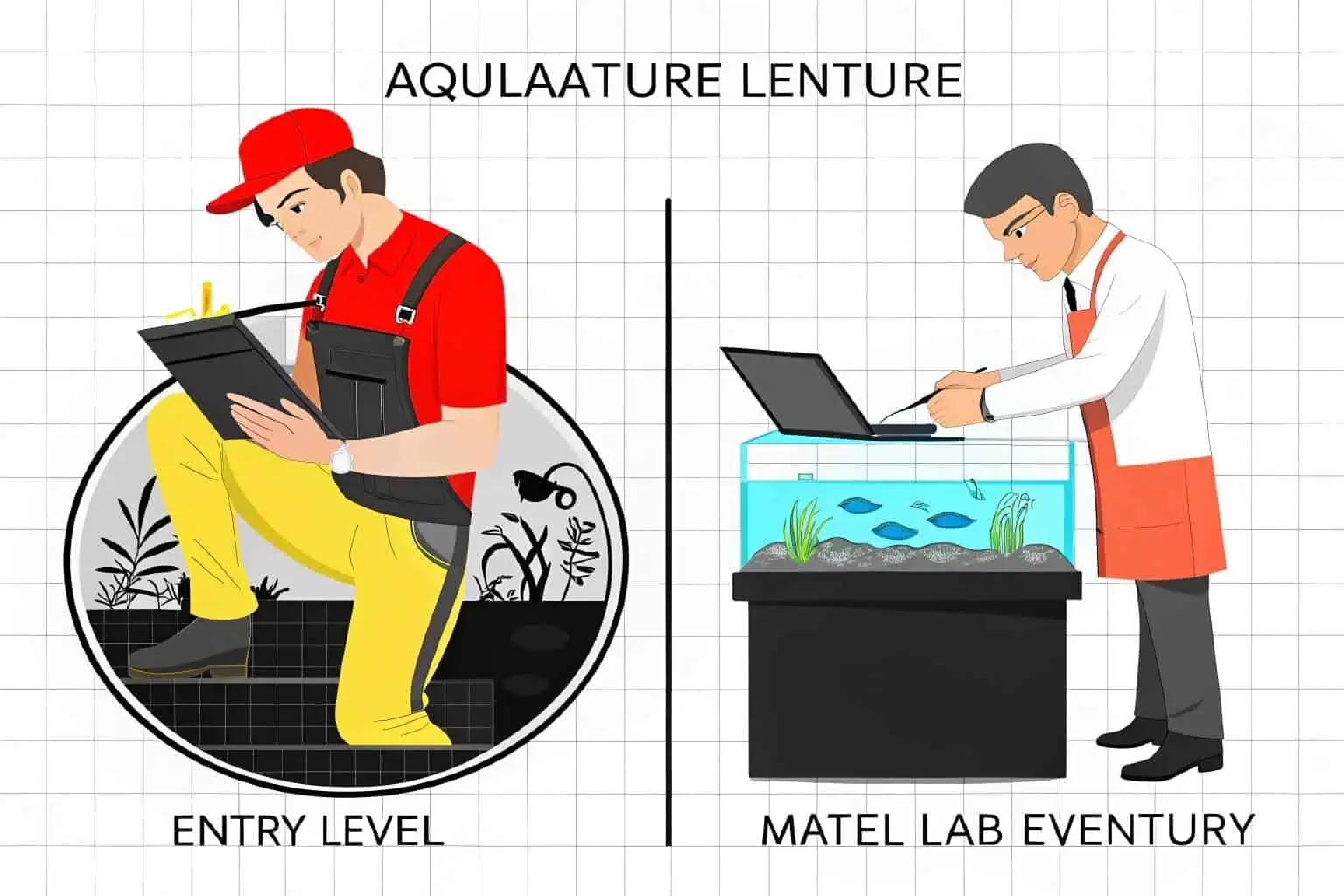
Talking about pay in the aquaculture sector, it's a mixed bag, and I've seen this from various perspectives. For those starting out, perhaps as farmhands or in general labor roles, the wages are often on the lower side. It's demanding work, and the financial reward at that level might not always feel adequate. However, as you move up the ladder and gain specialized skills – whether as a farm manager, a biologist, or a technician skilled in water quality or disease management – the compensation becomes more attractive. The industry definitely values expertise. This reflects a broader trend: as aquaculture becomes more technologically advanced and specialized, the demand for skilled professionals grows, and so do their earning potentials. It’s an industry where continuous learning and skill development12 can really pay off.
What are typical salary ranges for different roles?
Salary ranges in South African aquaculture can be approximated as follows, though these can vary by farm size, location, and specific responsibilities:
| Role | Estimated Annual Salary (ZAR) | Notes |
|---|---|---|
| Entry-Level Farm Worker | 60,000 - 120,000 | General farm duties, feeding, cleaning |
| Aquaculture Technician13 | 150,000 - 300,000 | Water quality, system maintenance, data |
| Farm Supervisor14 | 200,000 - 400,000 | Overseeing daily operations, staff |
| Farm Manager15 | 350,000 - 700,000+ | Overall farm management, planning, budget |
| Aquaculture Biologist | 250,000 - 500,000+ | Research, health management, breeding |
These are general estimates and can be influenced by factors such as years of experience, qualifications, and the profitability of the aquaculture enterprise.
What skills are in demand in the aquaculture sector?
The South African aquaculture sector requires a diverse range of skills. Technical skills related to water quality management, fish health and disease prevention, feed management, and hatchery operations are highly sought after. Expertise in modern aquaculture systems16, such as RAS, is increasingly valuable. Business management skills, including financial planning, marketing, and logistics, are also important, especially for farm owners and managers. Furthermore, problem-solving abilities, attention to detail, and a strong work ethic are essential qualities for success in this field.
What is the most profitable type of fish farming?
High-value species and integrated farming systems often yield the best profits in fish farming. Focusing on niche markets or efficient, technologically advanced systems can significantly boost financial returns for dedicated farmers.
The most profitable fish farming often involves high-value species like trout or marine finfish, or integrated systems such as aquaponics or Recirculating Aquaculture Systems (RAS) that maximize efficiency and resource utilization, leading to better returns.
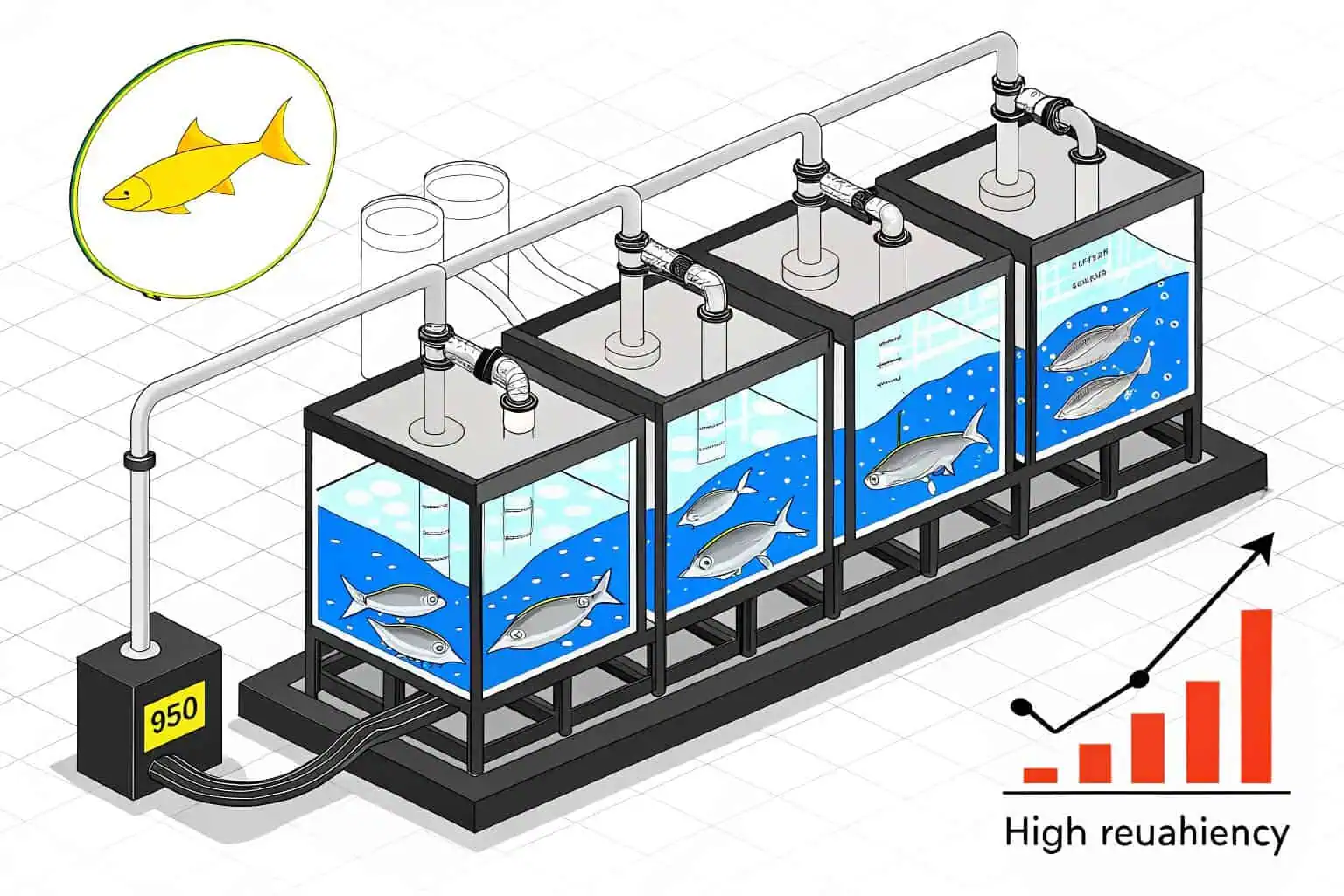
In my view, when we talk about the most profitable types of fish farming, it's not a one-size-fits-all answer, but some clear trends emerge. Farming high-value species17, those that command premium prices in the market – think of trout, cob, or even ornamental fish – often leads to better margins. These require specialized knowledge and sometimes higher initial investment, but the returns can justify it. Another avenue for higher profitability lies in integrated and technologically advanced systems. Recirculating Aquaculture Systems (RAS), for example, allow for intensive farming with greater control over the environment, leading to higher yields and potentially lower water usage. Aquaponics, which combines fish farming with plant cultivation, can create multiple revenue streams. The key, as I see it, is moving beyond basic pond culture towards more sophisticated, efficient, and market-driven approaches. Companies like Bancy, offering durable equipment like collapsible fish tanks, also play a role by providing reliable infrastructure that supports these more intensive and potentially more profitable farming methods.
Which fish species offer high profitability?
Several fish species are known for their high profitability potential in South Africa, depending on market demand and farming conditions. Trout is a popular choice due to its established market and relatively fast growth in cooler waters. Tilapia is another strong contender, known for its resilience and adaptability to various farming systems. Marine species like cob (dusky kob) and yellowtail can also be highly profitable, though they may require more specialized marine aquaculture setups. Abalone farming18, while capital-intensive, is a very lucrative niche market, primarily for export.
How do advanced farming systems contribute to profitability?
Advanced farming systems like Recirculating Aquaculture Systems (RAS) and aquaponics contribute significantly to profitability in several ways. RAS allows for higher stocking densities19 and year-round production by maintaining optimal water quality and temperature, leading to increased yields. They also reduce water consumption and environmental impact. Aquaponics integrates fish farming with hydroponic plant cultivation, creating two revenue streams from the same system and utilizing fish waste as fertilizer for plants, thereby reducing input costs. These systems often require higher initial investment but can offer better long-term returns through increased efficiency, higher product quality, and diversified income.
| Farming System | Key Advantages for Profitability | Considerations |
|---|---|---|
| RAS | High stocking density, year-round production, water conservation | High initial investment, technical expertise |
| Aquaponics | Dual income (fish & plants)20, waste utilization, reduced fertilizer cost | System balancing, market for both products |
| Pond Culture | Lower initial cost, simpler technology | Lower density, weather dependent, land use |
| Cage Culture | Utilizes existing water bodies, lower infrastructure cost | Water quality dependence, environmental risks |
Conclusion
South Africa's fish farming industry, driven by demand and innovation, offers significant opportunities despite challenges. Success hinges on strategic choices, efficiency, and embracing sustainable practices for a profitable future.
-
Exploring this link will provide insights into the best fish species to maximize your farming profits. ↩
-
This resource will help you understand how collapsible fish tanks can optimize your farming operations and reduce costs. ↩
-
Understanding the cost drivers can help optimize budgets and improve profitability in fish farming operations. ↩
-
Investing in energy-efficient equipment can lead to substantial savings. Discover how it can transform your farming operations. ↩
-
Discover effective strategies for feed optimization that can lead to significant cost reductions and improved profitability. ↩
-
Learn how investing in energy-saving technologies can lower operational costs and enhance your farm's profitability. ↩
-
Explore proven disease prevention methods that can reduce losses and increase yields, boosting your overall profitability. ↩
-
Explore the vital role of the wild-catch sector in South Africa's fishing industry and its historical impact on local economies. ↩
-
This resource will provide insights into the marine species that are thriving in aquaculture, enhancing your knowledge of the industry. ↩
-
Discover the advantages of freshwater species in aquaculture, which could be crucial for sustainable farming practices. ↩
-
Learn about RAS technology and its role in enhancing aquaculture efficiency and sustainability, crucial for the industry’s growth. ↩
-
Learn why continuous learning is crucial for career advancement and higher earnings in the aquaculture field. ↩
-
Explore this link to understand the vital role of Aquaculture Technicians in maintaining water quality and system efficiency. ↩
-
Learn about the essential duties of a Farm Supervisor and how they contribute to effective farm operations. ↩
-
Discover the comprehensive responsibilities of a Farm Manager in overseeing farm operations and strategic planning. ↩
-
Discover the latest advancements in aquaculture systems, including RAS, to enhance your knowledge and practices in the field. ↩
-
Discover which high-value fish species can maximize profits in your farming venture and market opportunities. ↩
-
Discover the lucrative niche of Abalone farming and its potential for export markets. ↩
-
Find out how higher stocking densities can lead to increased yields and profitability in aquaculture systems. ↩
-
Exploring dual income strategies can enhance profitability and sustainability in aquaponics ventures. ↩